Crack detection and monitoring in spring manufacturing
Detect cracks reliably and automatically with the QASS measuring system.
Inline crack detection
QASS enables real-time crack detection when coiling springs. We monitor every millisecond of the process and any defective components are automatically ejected from the system.
Data analysis through pattern recognition
Real-time evaluation of measurement data using pattern recognition: cracks are detected and analyzed using stored signal patterns. This is followed by the immediate transmission of the result (IO/NIO) via a standard PLC interface.
Full quality control
Coiling and winding processes are seamlessly monitored by our structure-borne sound sensors, minimising the need for downstream quality checks. The system works fully automatically and visual samples are no longer necessary.
100% non-destructive monitoring
Due to our measuring principle based on structure-borne sound, our sensors record all the details of your process completely non-destructively.
Crack detection in spring production
Seamless monitoring during spring production for maximum quality and safety
In spring production, the aim across all industries is to increase safety standards and counteract problems such as cracks and defects. Efficient quality assurance during production is crucial in order to detect such damage at an early stage and avoid replacement processes.
During production, springs go through several stages, including cold forming, tempering and setting. During cold forming, springs are subjected to high compressive and tensile forces, which has a significant impact on their mechanical properties, particularly their strength and flexibility. Despite advanced technologies, visual inspection by humans often remains necessary as a final safety measure, as techniques such as Magna-Flux can be ineffective with the large number of springs.
For quality assurance, QASS has developed a complete system that enables automatic and real-time detection of cracks. Pattern recognition is used to identify crack patterns in the overall vibration pattern. The Optimizer4D measuring device plays a central role here, as it provides this analysis methodology for series production, including machine communication. The introduction of structure-borne sound sensors, which are already standard in the automotive industry, enables precise crack detection and guarantees 100% crack-tested delivery.
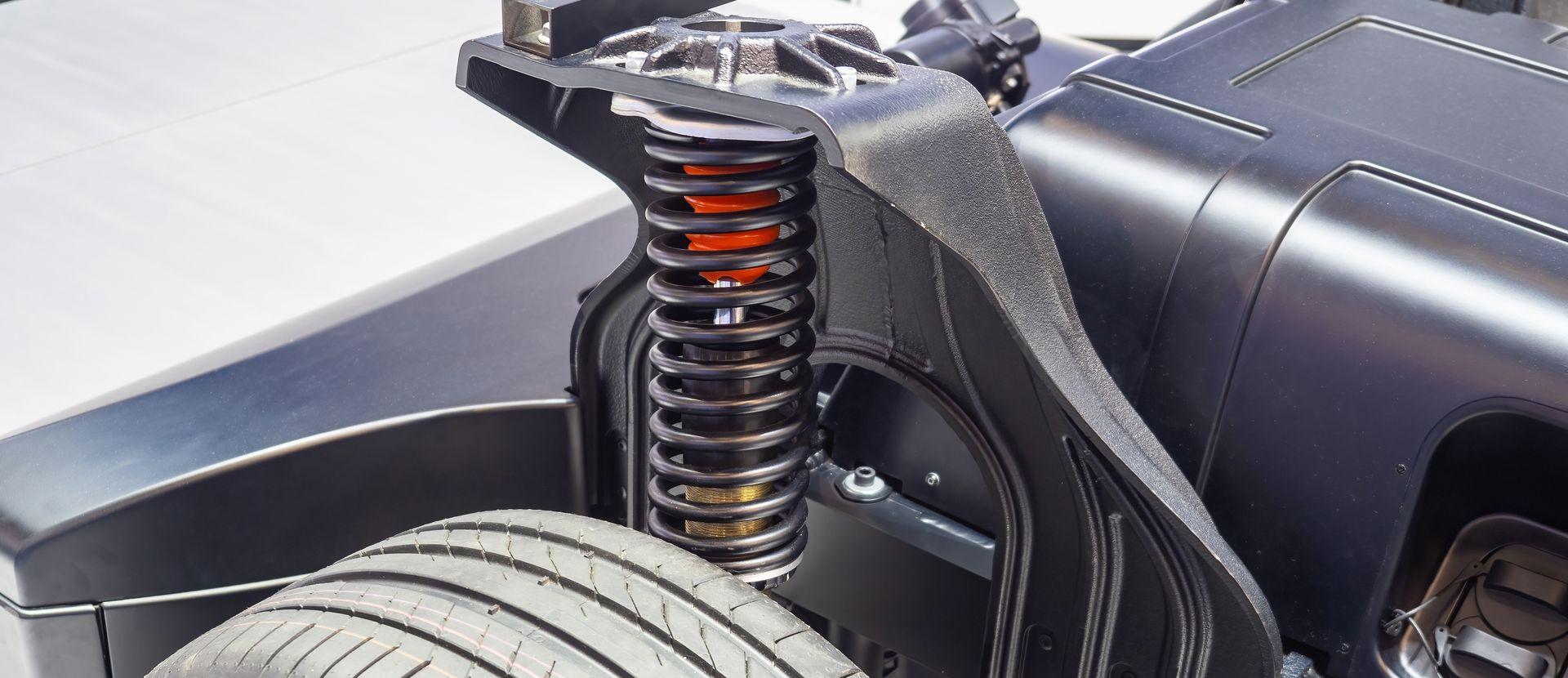 Figure 1: Detailed view of a vehicle spring
Figure 1: Detailed view of a vehicle spring 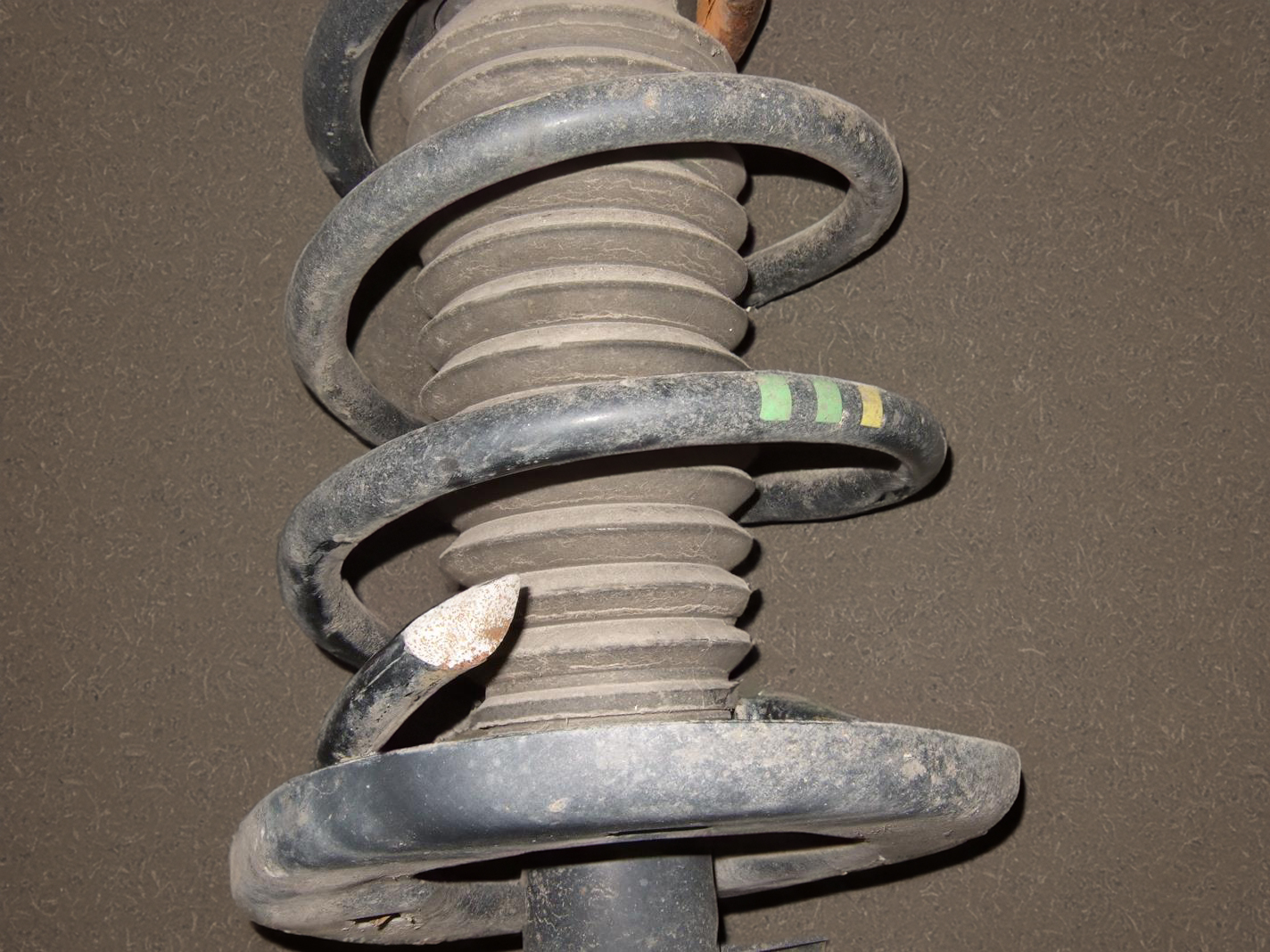
Figure 2: Close-up of a cracked vehicle spring
Your branches
Automotive
Aerospace
Wind energy
Medical technology
Mechanical engineering
How it works
The QASS Optimizer4D in use.
Install QASS sensor
The structure-borne sound sensors are installed on the coiling or setting machine. When winding wire, friction and forming forces occur within the machine, which generates noise.
Although these noises are not perceptible to the human ear above a frequency of 20 kHz, they are transmitted within the machine and can be detected by QASS sensors.
Even the smallest differences from the standard produce deviations in the overall emission pattern during the forming process. A simple screw connection to the machine is important so that the vibrations and emissions of the process are transmitted through the material to the sensors.
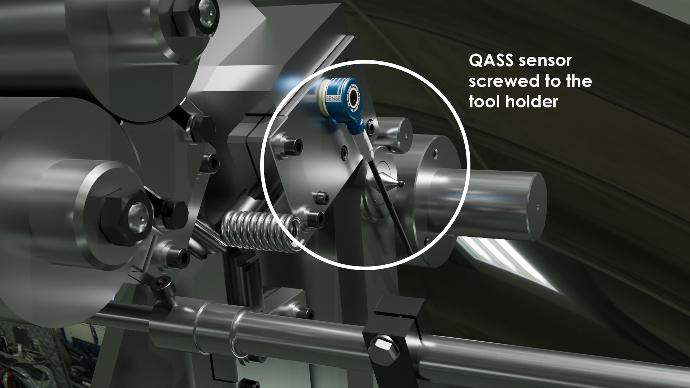 QASS sensor screwed to the tool holder.
QASS sensor screwed to the tool holder.
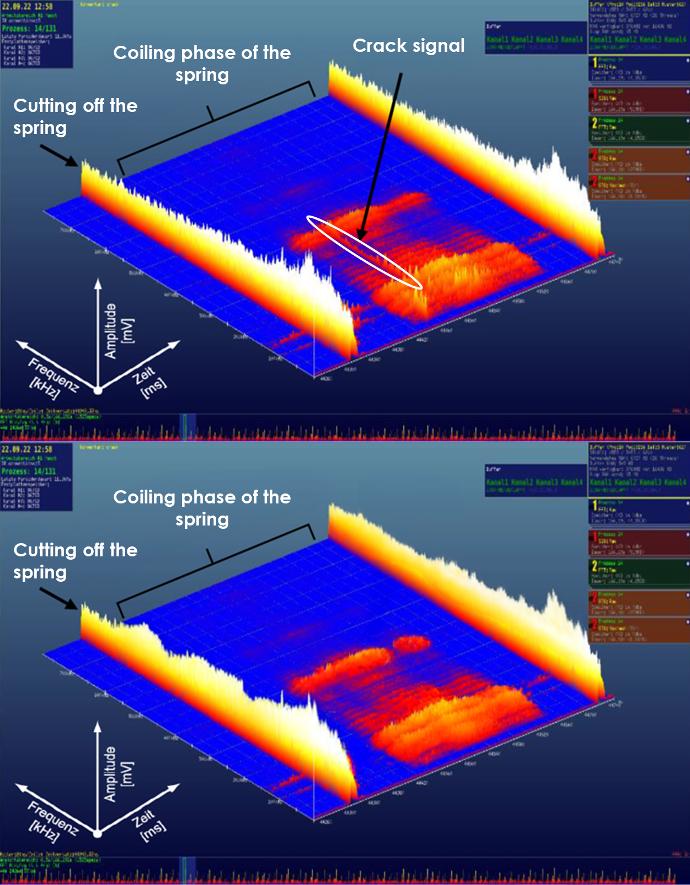 Structure-borne sound image of a coiling process of a spring in the QASS Optimizer4D measuring system. (With and without crack)
Structure-borne sound image of a coiling process of a spring in the QASS Optimizer4D measuring system. (With and without crack)
Whenever a crack occurs in solid material due to forming forces pressure waves run through the component. The stronger the structure, the greater the intensity of this wave. It is important to distinguish these emissions from normal machine noise.
The "Optimizer4D", our high-performance measuring system that can record and evaluate structure-borne sound data in real time, is used for this purpose. This makes it possible to detect the occurrence of cracks and sort out the damaged component.
The QASS spectral analysis makes it possible to separate all working and interference noises from the machine so that even micro-cracks can be reliably detected as they occur.
The recorded structure-borne sound signals can be displayed and tracked in our FFT landscape, as shown in the image (left). Our essential features such as clustering and the associated pattern recognition, as well as corresponding frequency filters and masks, enable us to precisely separate important signals from interference or machine noise and analyze them within milliseconds.
The Optimizer4D can be used for more than just detecting cracks. Structure-borne sound data are fingerprints of manufacturing processes and machines. If elements of the tools, such as wind pins or guide rollers, wear out, this can be recognized in the structure-borne sound data. Defective primary material emits different signals than good quality primary material. QASS provides its customers with deeper insights into their processes, indicates at an early stage when machines require maintenance and provides its customers with important information about the primary material supplied by the wire manufacturer.
Users of QASS measurement sensors benefit from
- Reliable crack and micro-crack detection
Cracks that reach critical size can be detected and ejected by Optimizer4D. A warning is automatically forwarded to the system.
- Monitoring of the tool condition (Tool monitoring)
Our measurement system not only enables the detection of cracks, but can also detect damage to the machine tools (e.g. wear on the wind pins) - Quality assessment of the primary material
Based on characteristic differences in the structure-borne sound data, we can draw conclusions about cracks in the primary material.
Detecting cracks, evaluating primary material, detecting wear on the coiling tool, tracking machine trends - the Optimizer4D makes all this possible.
Our concept
The monitoring of the spring coiling process is divided into three degrees of complexity.
Basic
Process monitoring is activated in the basic version of the monitoring model. This is used to monitor the development of structure-borne noise signals in the process itself. Our measuring system, Optimizer4D, not only enables the detection of microcracks, but also the evaluation of material quality before winching. Damage to wind pins can also be detected. Depending on the number and position of the installed sensors, it is also possible to monitor the feed rollers.
Advanced
In addition to the benefits resulting from basic monitoring, the "Advanced" version is equipped with crack detection. Cracks that reach a critical size can be detected and ejected by Optimizer4D. A warning is automatically forwarded to the system.
Expert
In addition to the benefits of "Basic" and "Advanced", the expert level offers the option of analyzing the process even further. It is now possible to detect microcracks, connect additional sensor sources in order to evaluate more data and make meta-statements about the process using AI/machine learning. This level is ideal for experienced users who not only want to optimize their processes economically and technically, but also want to gain a deep understanding of the underlying mechanics and correlations in order to improve and better understand the entire process.
Scope of delivery:
Optimizer4D Measurement system
2TB SSD Hard disk
Optimizer4D measuring chain ( preamplifier, structure-borne sound sensor, cable )
12“ o. 15“ Touch Display
The Optimizer4D is intended for installation in a machine control cabinet. This must be air-conditioned or have ventilation.
Options:
8TB hard disk instead of 2TB
Optimizer housed in its own control unit (at an extra charge)
Accommodation of the Optimizer in a mobile "expert case" (at an extra charge)
Machine communication:
24V/IO-Communication ( inclusive )
ProfiBus ( at an extra charge )
ProfiNet ( at an extra charge )
Graphical User Interface ( GUI )
The Optimizer user interface has several levels. The top level, which is visible to everyone, is the "PenGUI", a customizable interface on which the simplest information can be viewed easily and intuitively. Crack rates, trend developments or simple "red"-"green" displays provide the machine operator with the necessary information quickly and clearly. If someone with higher access rights logs in, they can delve deeper into the process, view signals in their raw state, adjust the pattern library, etc. The focus is on displaying only the absolutely necessary data on the machine.
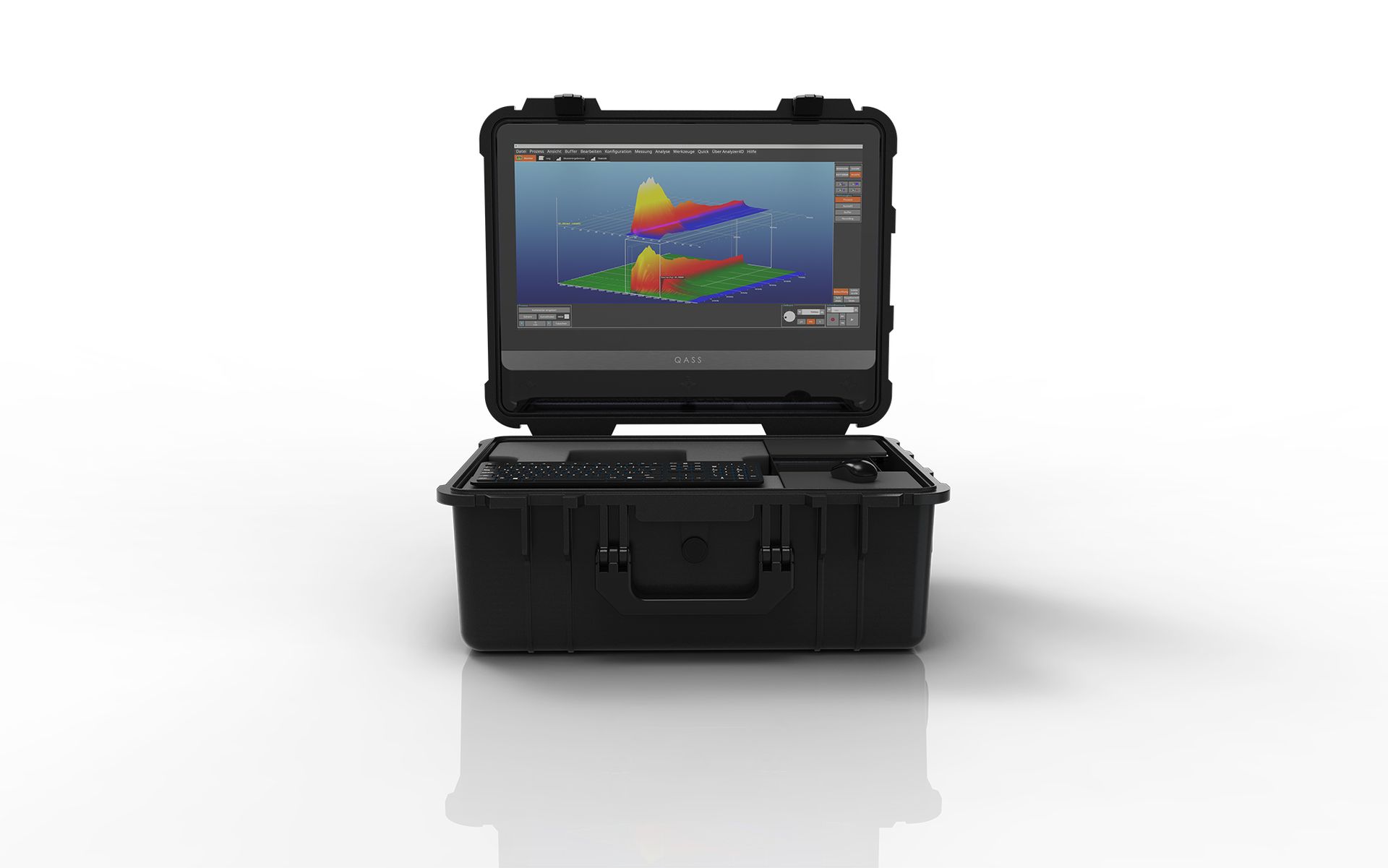
Request
You contact us by phone or e-mail and tell us about your situation
Target definition
We define the goals of the project together with you.
Data analysis
The QASS measurement technology is installed and records data, which is then analyzed.
Application
The measurement technology is specially adapted to your purposes.
Evaluation
Our system is tested and optimized at your premises under production conditions.
Arrange a consultation now!
Ask our experts about the possibilities for your industrial processes without obligation.